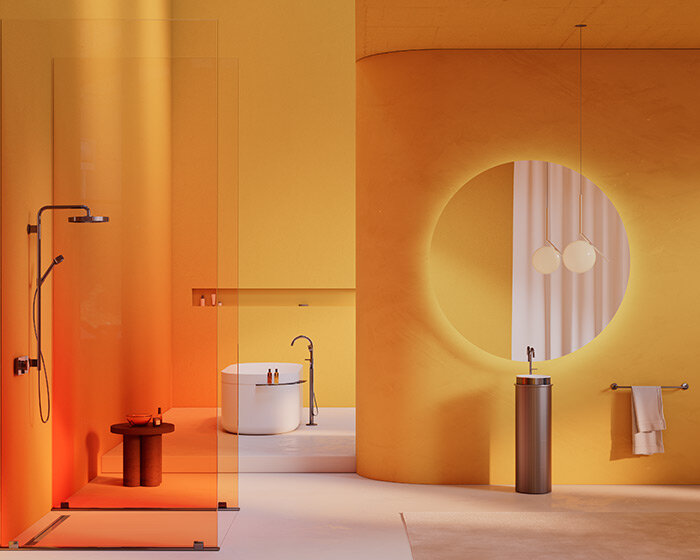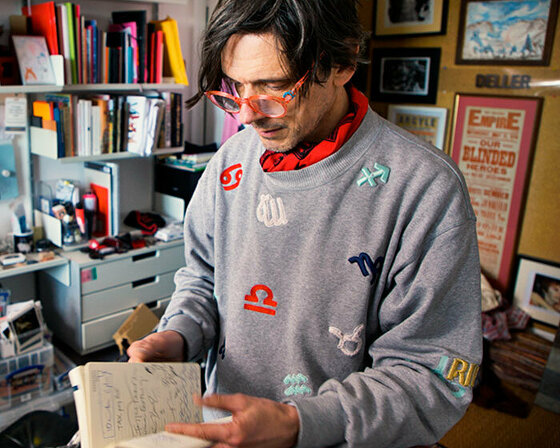KEEP UP WITH OUR DAILY AND WEEKLY NEWSLETTERS
happening now! AXOR makes individual luxury a reality in the bathroom, and reveals its citterio C collection by antonio citterio.
PRODUCT LIBRARY
hosted by iF design and designboom, an NYCxDESIGN panel joins architect pascale sablan, designer christian schluender, and artist roy nachum.
connections: +590
read on as we deep dive into the progress and timeline for the ellinikon, as well as the team of architects spearheading the ambitious masterplan.
discover our guide to NYCxDESIGN 2024 to find the must-see talks, exhibitions, and installations during the city's week-long festival.
connections: 6
'if you're looking to artists to change the world, I think you're probably looking in the wrong place,' the british conceptual artist says in a video interview by louisiana channel.
connections: +130
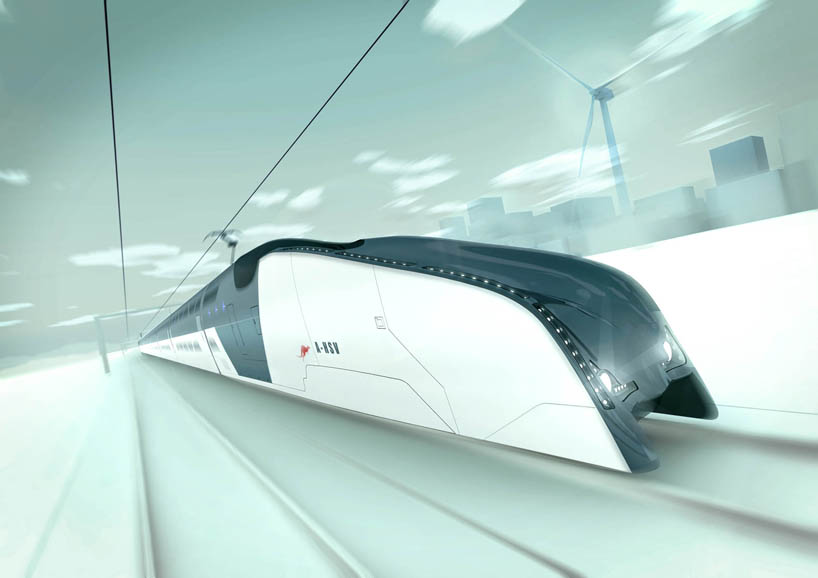
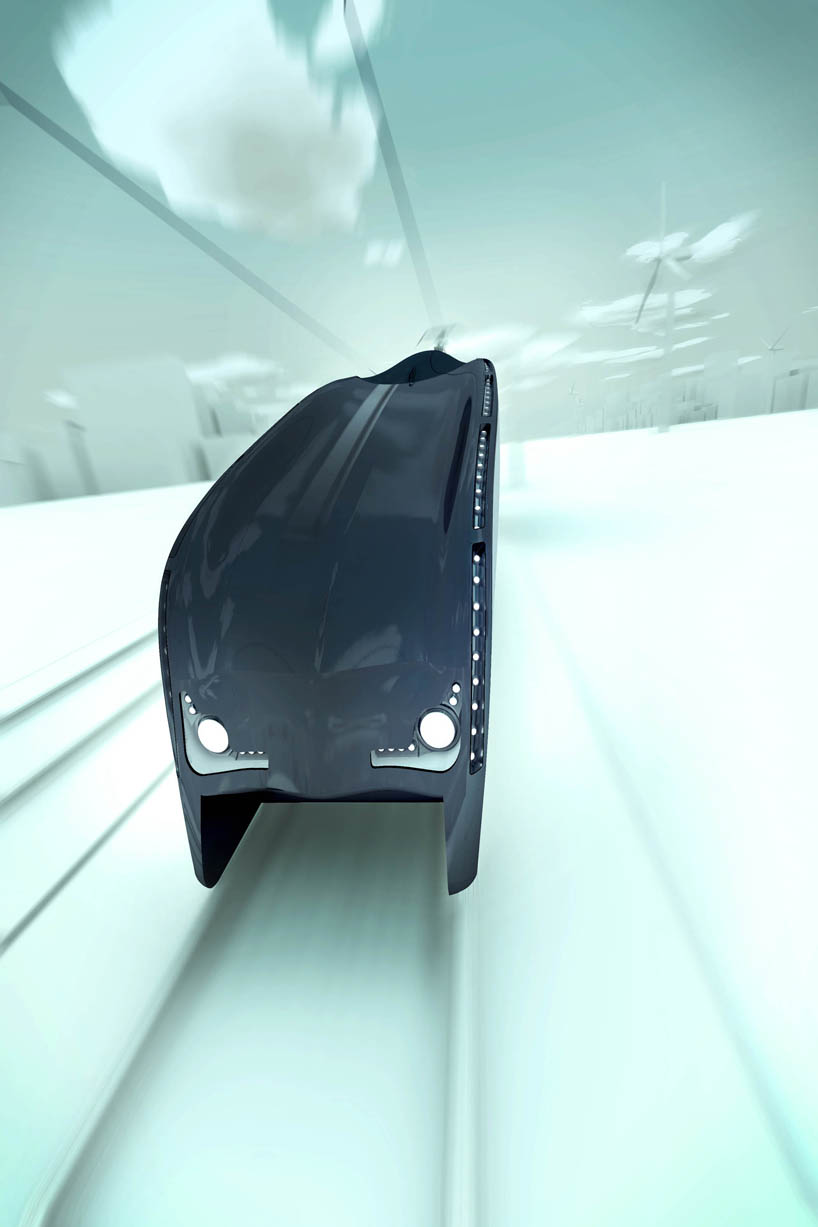 exterior view
exterior view exterior view
exterior view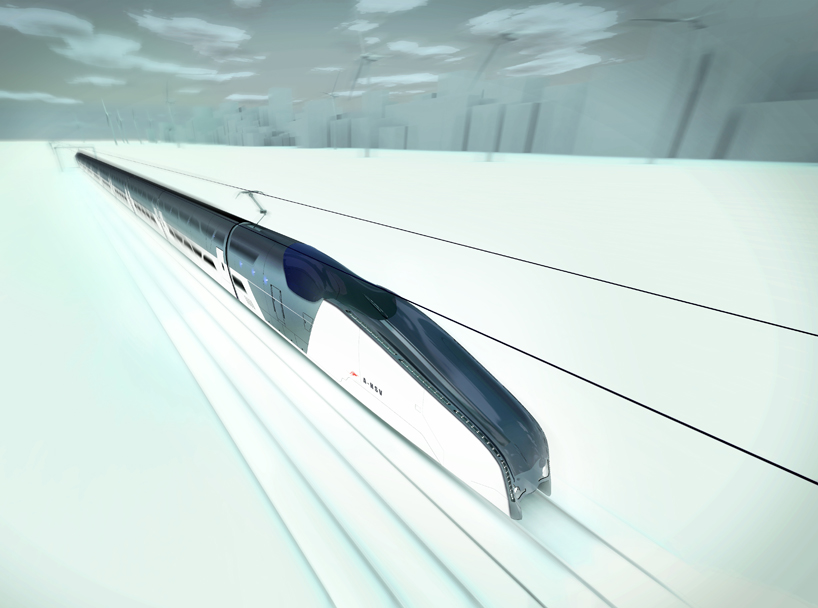 aerial view
aerial view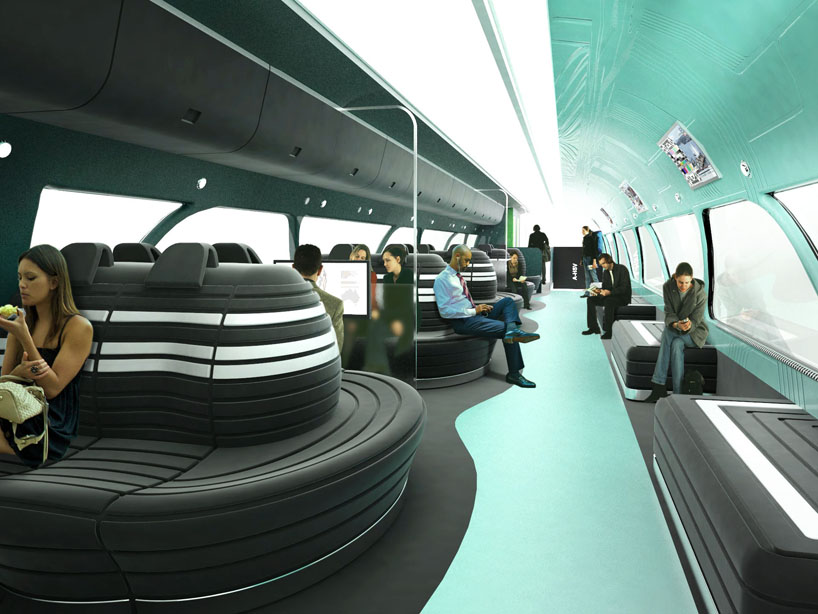 interior view
interior view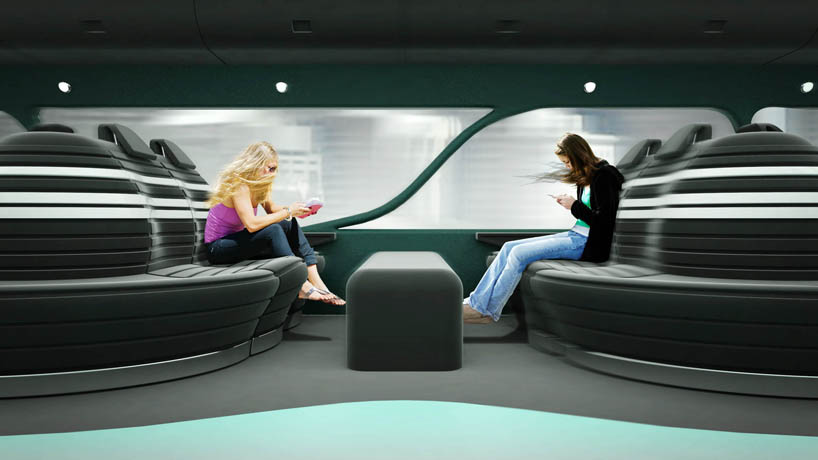 interior view
interior view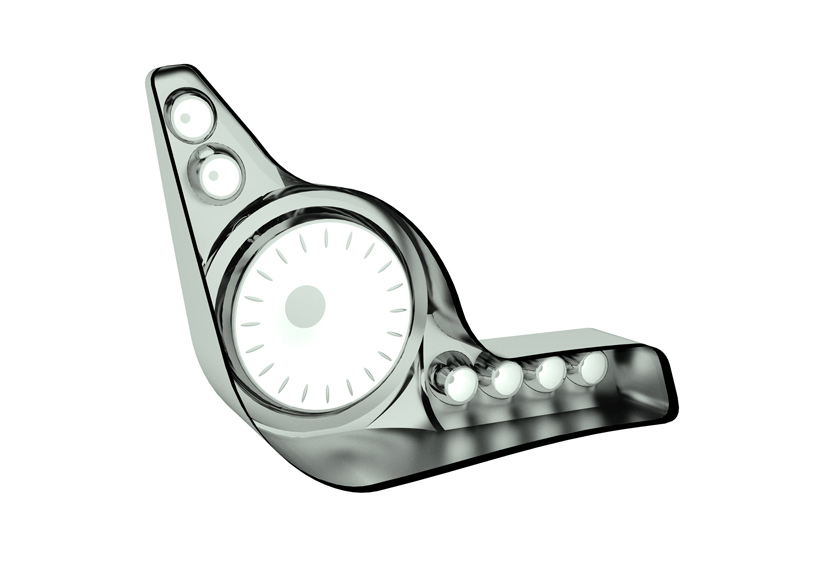 front light detail
front light detail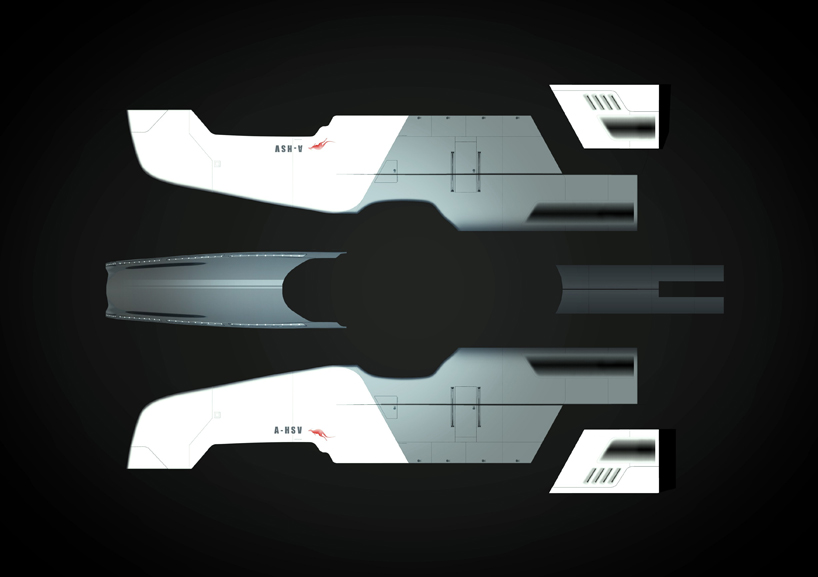 exterior panel design
exterior panel design drivers view
drivers view
